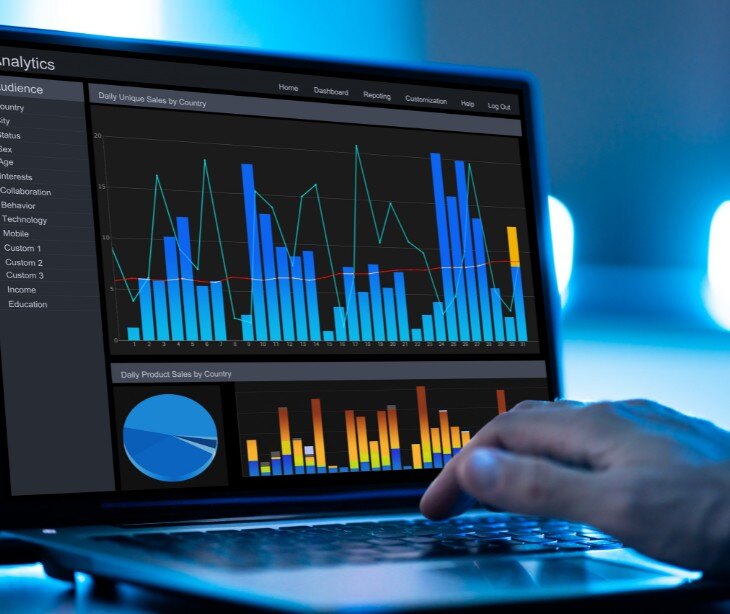
Data redaction is a data privacy technique that hides or changes sensitive information to protect it while keeping the data usable. This way, sensitive data remains confidential, but the information can still be used for necessary tasks without revealing the complete details.
What is data redaction?
Data redaction involves obscuring or masking sensitive or personally identifiable information (PII) within a dataset. This process protects the confidentiality of data while still allowing for its use in various applications and analyses. Data redaction can take different forms, such as full redaction, where entire columns are replaced with constant values, or partial redaction, which retains a portion of the data, ensuring a balance between data privacy and utility. Lookup-based redaction can also be employed to substitute sensitive information with alternative values.
Techniques for data redaction
- Full redaction: In this technique, the entire content of a data field is replaced with a constant value. For example, sensitive information like Social Security Numbers (SSNs) or credit card numbers can be replaced with a generic placeholder such as "N/A" or "XXX-XX-XXXX."
- Partial redaction: Partial redaction involves obscuring or substituting part of the data while retaining some of its original value. Common examples include displaying only the last four digits of an SSN or showing only the month and year of a date of birth.
- Lookup-based redaction: Instead of using a constant or partial value, this method involves a lookup operation to find an alternative value for the redacted field. For instance, a first name might be replaced with a random name selected from a predefined list.
How is data redaction used in healthcare?
- Preserving medical records: Sensitive medical records, including diagnoses, treatments, and test results, are redacted to ensure only authorized personnel can access specific details while maintaining the overall usefulness of the data for research and medical analysis.
- Partial redaction of protected health information (PHI): Certain parts of a patient's medical record may be redacted to protect privacy while maintaining the clinical context. For example, displaying only the last four digits of a patient's Social Security Number can serve as a unique identifier without exposing the entire number.
- Research and analytics: Healthcare organizations often use redacted data for research, analysis, and reporting while adhering to privacy regulations. They can share data without compromising patient confidentiality by removing or replacing sensitive details.
- Data sharing: When sharing medical data with third parties, such as researchers or insurance companies, redaction ensures that only relevant and non-sensitive information is disclosed, reducing the risk of data breaches.
- Billing and claims: In health insurance claims and billing, redaction helps protect patient financial information and ensures that only necessary information is included in claims submissions.
- Telemedicine: In remote healthcare services, healthcare professionals may use redaction to protect patient identities and personal details during virtual consultations.
See also: Implementing data segmentation in healthcare
Considerations when using data redaction
- Data classification: Prioritize data classification to identify which information is sensitive and requires redaction, and which can be shared in its original form.
- Data access controls: Implement strong access controls to limit access to redacted data to authorized personnel only.
- Secure communication: Ensure that redacted data is securely transmitted and communicated using HIPAA compliant email to prevent data leaks during sharing.
- Redaction methods: Choose appropriate redaction methods, such as full, partial, or lookup-based redaction, based on the type of data and its intended use.
- Data utility assessment: Continuously assess the utility of redacted data for research, analysis, and clinical purposes to balance privacy and usability.
- Data retention policies: Develop and enforce data retention policies that determine how long redacted data should be stored and when it should be securely destroyed.
The limitations of data redaction
Data redaction is typically irreversible. Once data is redacted, it's challenging or impossible to revert to the original form, which can be problematic if the full data is needed for specific purposes later on.
Additionally, redaction may not be suitable for unique identifiers or keys, as it can compromise data integrity and lead to unexpected behavior in reporting and analysis. Partial redaction, for example, can remove the uniqueness of a field, potentially causing issues in scenarios where distinct identification is beneficial.
Furthermore, the effectiveness of data redaction relies on the proper configuration and consistent application of redaction policies, making it necessary to maintain a robust and well-monitored data redaction process.
Subscribe to Paubox Weekly
Every Friday we'll bring you the most important news from Paubox. Our aim is to make you smarter, faster.




